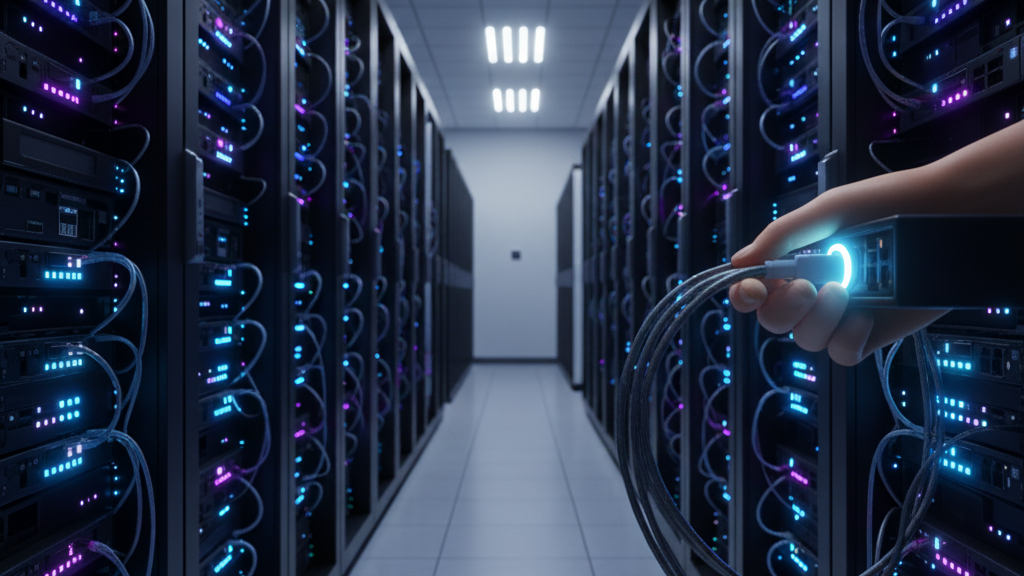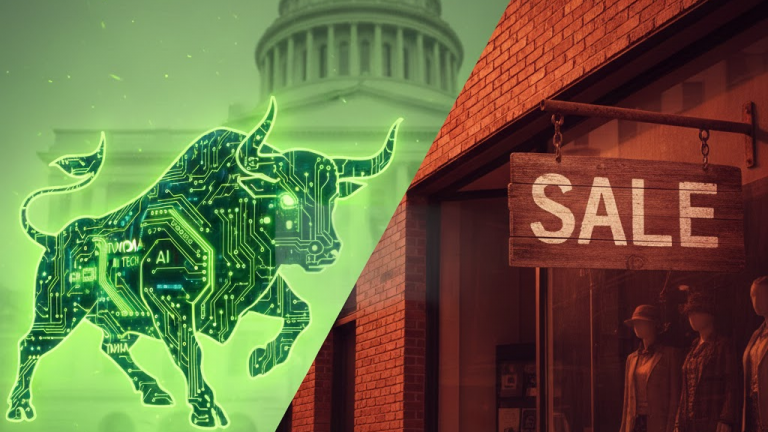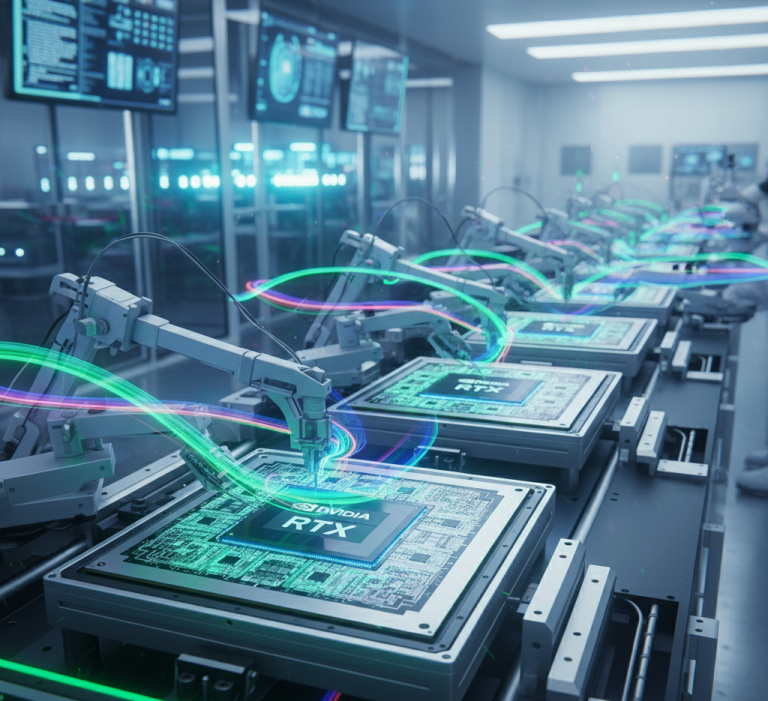Summary (TL;DR)
For investors, the key takeaway from the firestorm of recent CoreWeave news is its rapid solidification as a critical player in the AI infrastructure space, underscored by a massively expanded partnership with OpenAI. This development is significant because it simultaneously pours fuel on the company’s growth narrative while magnifying concerns over its high-stakes financial model. The bottom line for anyone watching the markets is that CoreWeave’s trajectory is becoming increasingly tied to the biggest names in AI, making it a high-growth, high-risk proxy for the entire sector’s expansion.
This surge in activity, particularly the deepened alliance with OpenAI, has galvanized both optimistic and cautious observers. On one hand, the massive, multi-billion dollar contracts provide substantial revenue visibility and a powerful endorsement of CoreWeave’s specialized cloud infrastructure. On the other, it concentrates the company’s financial fate in the hands of a few key clients and saddles it with enormous debt to fund its aggressive expansion, creating a tense tug-of-war between unprecedented opportunity and significant financial risk.
The Core News (What Happened?)
Within the last 72 hours, the most significant development has been the flurry of analysis following CoreWeave’s announcement that it has expanded its agreement with OpenAI by up to an additional $6.5 billion. This brings the total potential value of their partnership to approximately $22.4 billion. This news builds on a series of recent strategic moves, including a $1.5 billion commitment to expand its AI data center presence in the United Kingdom and the launch of CoreWeave Ventures, a new arm dedicated to investing in early-stage AI companies. The expanded OpenAI contract, in particular, signals a deepening reliance by the world’s leading AI research lab on CoreWeave’s specialized GPU-as-a-Service (a service that provides access to powerful graphics processing units, essential for training AI models).
Background (Setting the Stage)
Coming into this week, investors were already digesting CoreWeave’s volatile but generally upward stock performance since its March 2025 IPO. The market has been grappling with the company’s explosive revenue growth against a backdrop of significant net losses and mounting debt required to build out its data centers. The central question for analysts has been whether the immense demand for AI computing power a market CoreWeave is built to serve can justify its capital-intensive business model. The expectation was for continued growth, but the scale of the new OpenAI agreement has exceeded many forecasts and has forced a re-evaluation of both the potential rewards and the inherent risks.
The Debate (The Bull vs. Bear Case)

The Bull Case (The Optimistic View): On one hand, optimists believe this cements CoreWeave’s position as an indispensable partner in the AI revolution. Analysts at Evercore ISI, who initiated coverage with an “outperform” rating just today, argue that the “demand for AI infrastructure far outpaces supply.” They see CoreWeave’s platform, “designed and built for AI workloads from the ground up,” as a key technological advantage over traditional cloud providers. Bulls point to the $22.4 billion OpenAI contract and a separate $6.3 billion deal with NVIDIA as proof of long-term, predictable revenue streams. Furthermore, Citizens JMP analysts reiterate their “Market Outperform” rating, suggesting the entire GPU-as-a-Service market could scale to $300 billion, with CoreWeave as a primary beneficiary. This viewpoint sees the high spending and debt as necessary investments to capture a once-in-a-generation market opportunity.

The Bear Case (The Cautious View): On the other hand, cautious voices point to significant financial and operational risks. A primary concern is extreme customer concentration. As noted by Evercore ISI, nearly 80% of CoreWeave’s revenue last quarter was linked to Microsoft and OpenAI. This heavy reliance on a few clients creates a precarious situation if those relationships were to change. Critics also highlight the company’s ballooning debt, projected to reach $26 billion by next year, and substantial capital expenditure plans (over $20 billion this year). Analysts at Barchart recommend caution due to the “frothy valuation” and execution risks associated with juggling multibillion-dollar data center projects across the U.S. and Europe.The fear is that if the AI demand curve flattens or competition intensifies, CoreWeave’s high-leverage model could quickly become unsustainable.
By the Numbers (Key Data & Metrics)
- Expanded OpenAI Agreement: Up to an additional $6.5 billion, bringing the total contract value to approximately $22.4 billion.
- Q2 2025 Revenue Backlog: $30.1 billion
(This represents future revenue that is contracted but not yet earned, indicating strong future sales visibility). - Projected 2025 Capex: Expected to exceed $20 billion
(This is the amount the company plans to spend on acquiring and maintaining physical assets like GPUs and data centers). - Projected Debt: Could reach $26 billion by calendar year 2026.
- Customer Concentration: Nearly 80% of revenue in the last quarter was linked to Microsoft or OpenAI.
- Recent Analyst Rating (Evercore ISI): Initiated “Outperform” with a $175 price target as of September 30, 2025.
- Stock Performance (September 2025): Shares have rallied significantly, gaining over 50% from the beginning of the month to recent highs.
Disclaimer: This article is for informational purposes only and does not constitute financial, investment, or legal advice. The information provided is a synthesis of publicly available data and expert analysis and should not be considered a recommendation to buy or sell any security. Investing in the stock market involves risk, including the possible loss of principal. Past performance is not indicative of future results.23 Readers should consult with a qualified financial advisor to determine an investment strategy that is suitable for their own personal financial situation and risk tolerance.






















